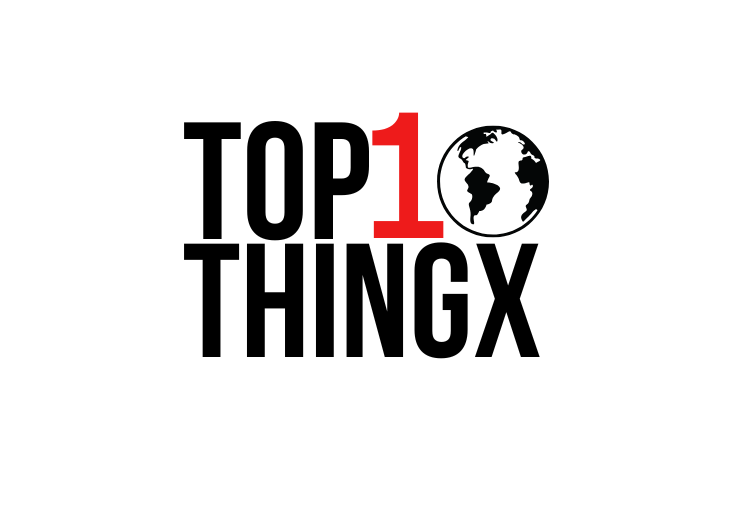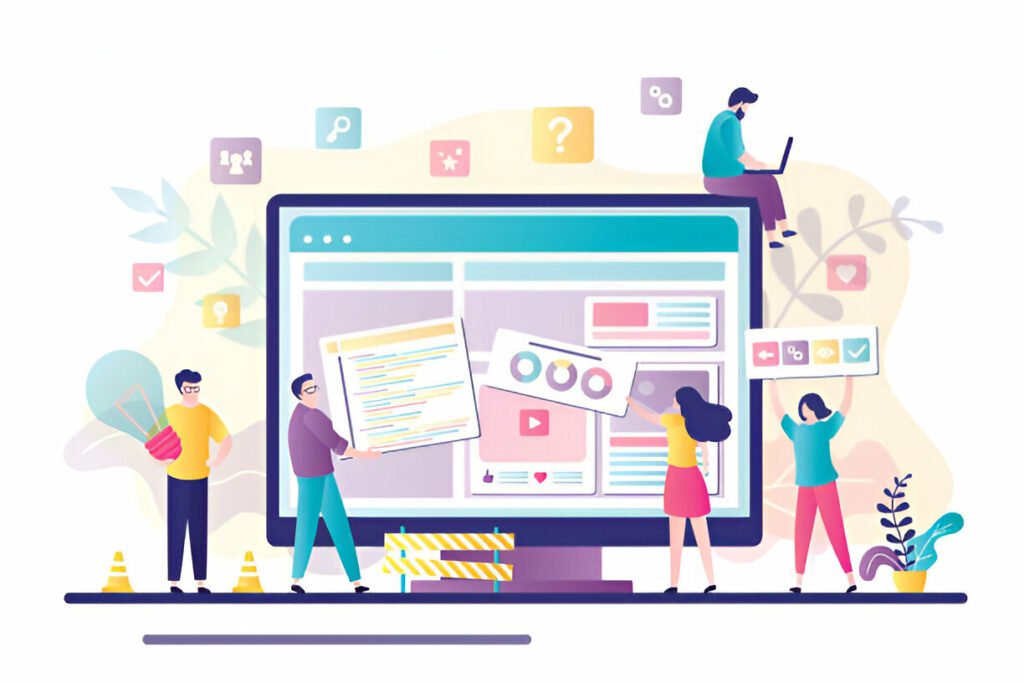How Much Does It Cost to Maintain an App?
Maintaining an app is a crucial aspect of its lifecycle, ensuring that it continues to function smoothly and meets users’ expectations. However, the cost of maintaining an app can vary significantly based on several factors. This guide will help you understand the various aspects that influence app maintenance costs and provide a general overview of what to expect. Maintaining an app involves ongoing tasks to ensure it remains functional, secure, and up-to-date with the latest technology trends. This maintenance is essential for keeping users satisfied and ensuring the app performs optimally. Understanding the costs involved can help you budget appropriately and plan for future expenses. Types of App Maintenance 1. Bug Fixes and UpdatesAddressing bugs and releasing updates are regular maintenance tasks that fix issues and improve functionality. This includes patching security vulnerabilities and optimizing performance. 2. Operating System CompatibilityApps must be updated to remain compatible with new versions of operating systems (iOS, Android) and device hardware. This ensures that the app works smoothly on the latest devices and OS versions. 3. User Experience EnhancementsImproving user experience (UX) through tech interface tweaks and adding new features can be part of app maintenance. This helps keep the app engaging and competitive. 4. Security PatchesRegular updates to address security vulnerabilities are crucial to protect user data and maintain app integrity. 5. Performance MonitoringMonitoring app performance to ensure fast load times and smooth operation is essential for maintaining user satisfaction. Factors Influencing Maintenance Costs 1. App ComplexityMore complex apps with extensive features and integrations will generally have higher maintenance costs. Complex codebases require more effort to debug and update. 2. Platform and TechnologyMaintaining apps across multiple platforms (iOS, Android) or using specialized technologies can increase costs due to the need for platform-specific updates and compatibility checks. 3. Frequency of UpdatesThe frequency of updates and bug fixes impacts maintenance costs. Regular updates may be necessary to keep up with evolving technology and user expectations. 4. Development Team LocationThe cost of hiring developers or a purrweb maintenance team can vary based on their location. Teams in regions with higher living costs may charge more for their services. 5. Third-Party ServicesApps that rely on third-party services or APIs may incur additional costs if these services change or require updates. Estimated Costs of App Maintenance The cost of app maintenance can vary widely depending on the factors mentioned above. Here’s a general estimate: These estimates cover basic maintenance tasks such as bug fixes, updates, and performance monitoring. Additional costs may arise for major feature updates or extensive security enhancements. How to Reduce App Maintenance Costs 1. Plan for Future UpdatesDesigning an app with future updates in mind purrweb can reduce maintenance costs. Modular code and clear documentation can make updates and bug fixes more manageable. 2. Automate TestingImplementing automated testing can help identify issues early and reduce the time and cost of manual testing. 3. Monitor Performance RegularlyProactive monitoring can help catch performance issues before they escalate, reducing the need for emergency fixes. 4. Choose Scalable SolutionsUsing scalable technologies and cloud services can make it easier to manage app growth and updates without significant cost increases. 5. Outsource WiselyIf outsourcing maintenance, choose a reputable provider with experience in your app’s technology stack. Ensure clear communication to avoid misunderstandings and unexpected costs.










